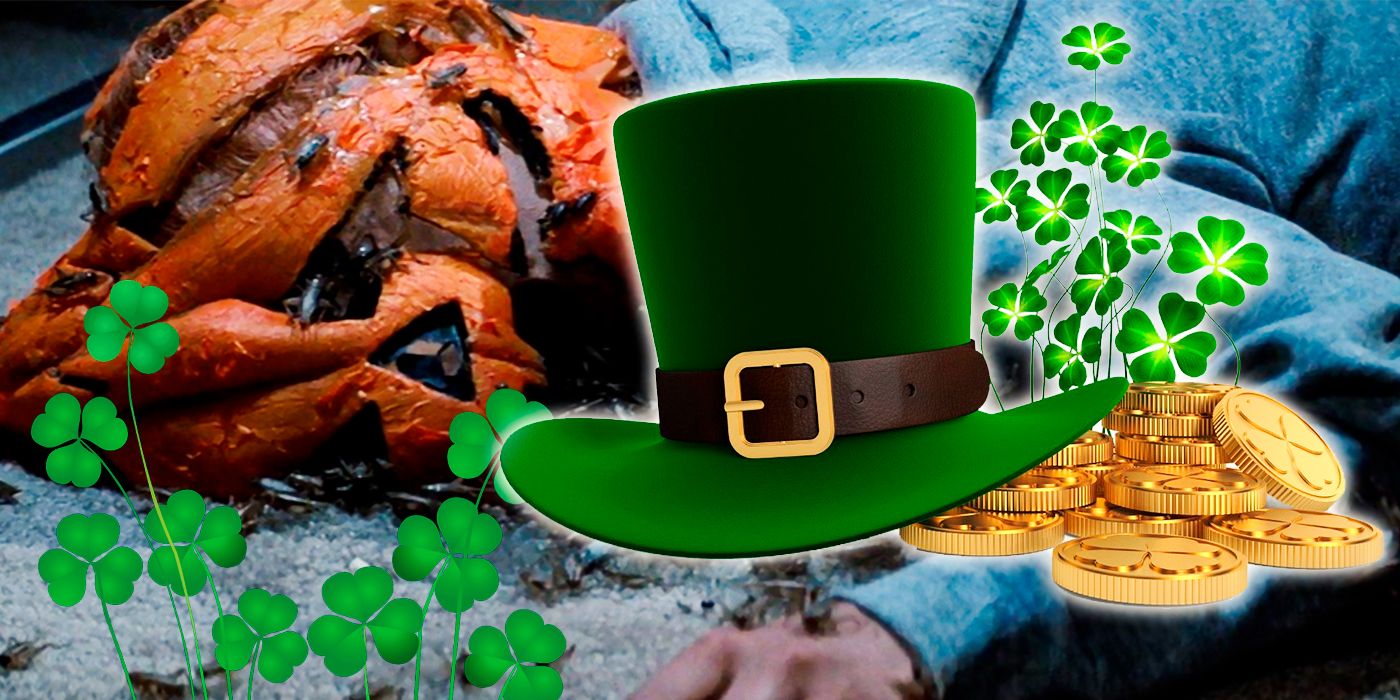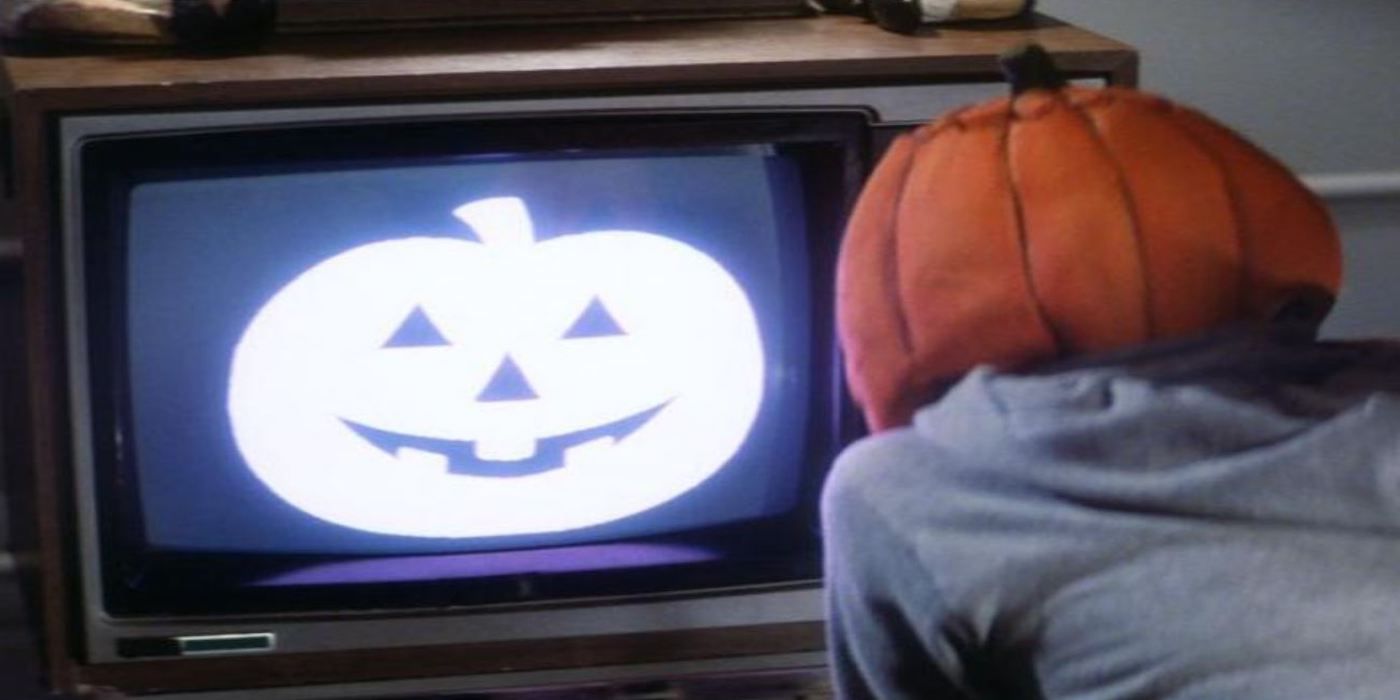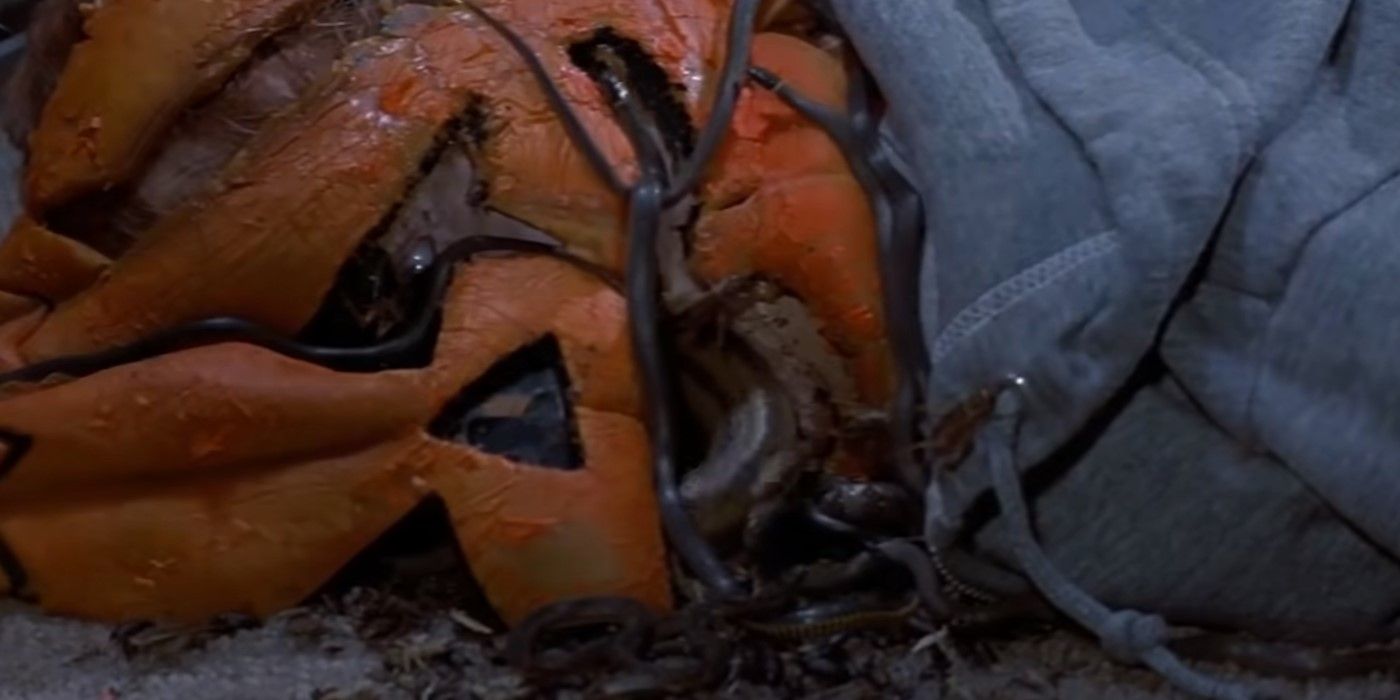Today, the Halloween franchise is synonymous with Michael Myers and is considered a pioneer in the slasher genre. However, there was a time after Halloween II when the series went in a different direction. Operating similarly to an anthology series, Halloween III: Seasons of the Witch is the only film in the franchise not to feature the iconic slasher. Instead, the film focuses more on witchcraft and corporate control and reveals a new version of horror never seen in the franchise, but according to one theory, the film's horror has a strong foundation to one of history's most notable Saints.
Season of the Witch follows Dr. Dan Challis as he uncovers a mystery surrounding the Silver Shamrock Novelties company and its manager Colan Cochran. After being brought into the conspiracy following the death of a man named Harry Grimbridge, Dan quickly learns the company plans to bring back the old traditions of Halloween.
According to Cochran, this includes pagan rituals involving sacrificing children in honor of Samhain. To do this, Cochran created masks that carry a shard of Stonehenge. When watching a special on television at a specific time, these microchips in the masks will kill the children, causing snakes and crickets to erupt from their mouths.
At first, the inclusion of snakes feels like a strange addition to a film about Halloween. Typically, snakes are reserved for creature features or adventure films set in a jungle, but according to Reddit theorist NightspawnsonofLuna, the reason for the snakes is tied to the film's Celtic roots and Saint Patrick. According to legend, St. Patrick is known for driving the snakes out of Ireland forever. Symbolically, this also meant the end of all pagan beliefs and the rise of Christianity in the area.
Although real historical records would claim that Saint Patrick's actions regarding the eradication of snakes were nonexistent, the legend deeply influenced the future of Ireland. Since then, St. Patrick is celebrated with the March holiday of St. Patrick's Day, but when tying in with Season of the Witch, the actions of St. Patrick in the legend only serve to fuel Cochran's admittedly terrifying scheme.
Desiring to get back to the old ways of his people, the systematic eradication of thousands of children with his masks would help give him more magical power and spit in the face of all that came after St. Patrick got rid of all of the snakes. With them slithering out of the mouths of the victims, they serve as a statement that the old ways of Samhain have returned along with its pagan beliefs. Symbolically, snakes are also tied to the Devil, which adds even more of a nefarious context to the theory.
Unlike most theories that could add to an established narrative and potentially change it, Season of the Witch helps mainly by enhancing its impact and message. Most aren't aware of the legends surrounding Saint Patrick, and tying them to the film's events only serves to make Cochran even scarier. However, when connected to the entire franchise, it also helps add more credence to its growing ties to paganism and the supernatural that appears in future sequels.



